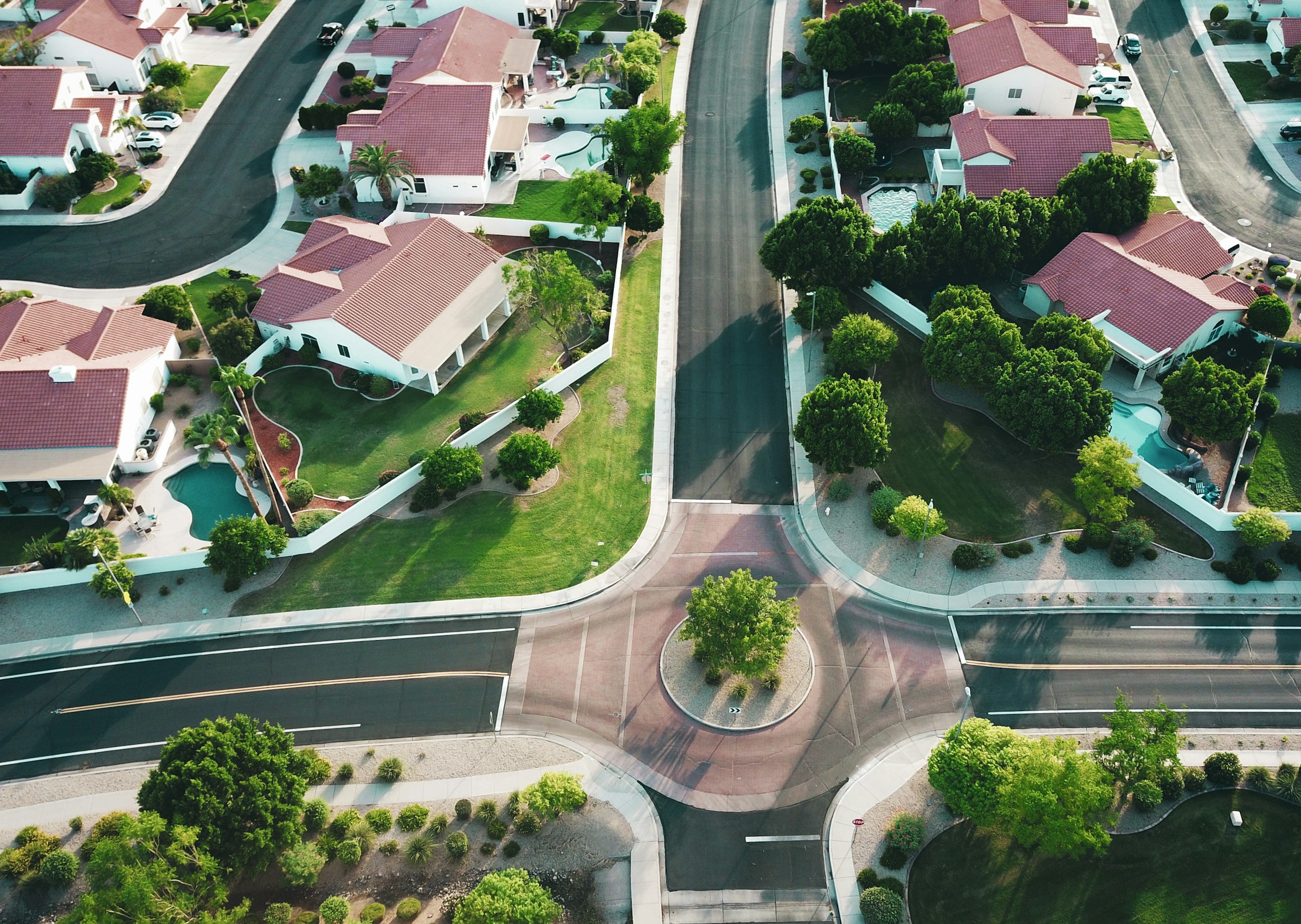How to Use Noise-Cancelling Technology in Property Development to Enhance Urban Living?

As society continues to evolve, the demand for smarter cities is becoming more apparent. The idea is to leverage technology to improve urban living conditions. One aspect of this is dealing with noise pollution. Fortunately, noise-cancelling technology can be integrated into property development to create more peaceful urban environments. But how exactly can this be carried out? Let’s explore this concept further.
The Smart City Concept: The Intersection of Data and Urban Design
The term ‘smart city’ describes an urban space where data and technology are harnessed to enhance the quality of living. In such cities, everything from traffic management to construction planning is data-driven. The goal is to make cities more efficient, comfortable, and sustainable.
En parallèle : What Is the Potential of Mixed-Reality Technology in Real Estate Showcases?
One area where technology is making a significant impact in urban environments is in noise management. Noise is a common issue in urban areas, with sources such as traffic, construction, and air movements contributing to the problem. However, leveraging technology, specifically noise-cancelling mechanisms, can help mitigate this.
The Noise Challenge in Cities and the Need for Acoustical Planning
Noise is an inevitable part of city living. The incessant sounds of cars honking, construction work, and urban hustle and bustle can create a cacophony that is far from pleasant. These sounds not only disrupt peace but can also negatively impact health, causing stress, sleep disturbances, and other problems.
A découvrir également : What Are the Best Practices for Sustainable Water Management in UK Property Developments?
This is where acoustical planning steps in. This involves the strategic use of design and materials to control, reduce or manage noise. It’s an essential aspect of smart city planning and can be applied in various areas, including building and construction.
Noise-Cancelling Technology: A Game Changer in Building Design and Construction
Noise-cancelling technology is changing the landscape of building design and construction. It is a technology that uses sound waves to neutralize or reduce noise. This is achieved by emitting a sound wave with the same amplitude but with inverted phase, also known as antinoise, to cancel out the unwanted noise.
In building and construction, this technology can be integrated into the design and development stages. For instance, noise-cancelling devices can be installed in walls or other structures to reduce the transmission of sound. This can significantly enhance the living conditions in urban buildings, creating a more peaceful and conducive environment for occupants.
Implementation of Noise-Cancelling Technology in Property Development
Implementing noise-cancelling technology in property development is a strategic process. It starts with understanding the sources of noise and how they impact the property. This may involve conducting noise surveys or using data to map out noise levels.
Once the noise sources and their impacts are understood, the next step is to incorporate the technology into the property design. This could mean integrating noise-cancelling devices into the walls or other structures during construction.
In addition to integrating the devices, the property design may need to be modified to enhance the effectiveness of the noise-cancelling technology. For instance, certain materials or designs may help to improve the propagation of the antinoise, thereby increasing the noise-cancelling effect.
Future of Smart Cities: Noise-Cancelling Technology and Beyond
The advent of noise-cancelling technology represents a significant stride towards achieving the vision of smart cities. As technology continues to advance, there is no doubt that we will see more innovative solutions to urban problems.
The integration of noise-cancelling technology into property development is just the tip of the iceberg. Beyond this, we can expect to see even more ways in which technology will be harnessed to enhance urban living. This could include more sophisticated data-driven planning, smarter buildings, and more sustainable urban design.
While noise-cancelling technology offers a solution to the noise issue in cities, it also underscores the importance of leveraging technology and data in urban planning. It shows that with the right technology and strategic planning, we can transform our cities into smarter, more comfortable living spaces. And that is a future worth striving for.
Harnessing Data Analytics for Effective Noise Management in Smart Cities
When it comes to managing noise pollution in smart cities, data analytics play a crucial role. The first step towards implementing noise-cancelling technology in property development is understanding the noise issue in-depth. This involves identifying noise sources, understanding their impacts, and determining the best ways to counteract them.
In a typical urban setting, the main sources of noise include traffic noise, construction activities, and general urban hustle. These noise sources can affect different areas of a city differently. For instance, areas near highways or construction sites may suffer from higher noise levels compared to more residential or open spaces.
Data analytics can help in mapping out these noise levels in real time, providing an accurate picture of the noise landscape in a city. This involves gathering data on noise levels from various sources, analyzing it, and using it in decision making.
By creating a detailed sketch of noise levels across a city, planners and developers can make more informed decisions. They can identify noise-sensitive areas, designate compatible land use, and plan for noise barriers or other noise reduction strategies.
Moreover, the data can guide the integration of noise-cancelling technology in property development. It can help in determining where the technology needs to be installed, how it should be implemented, and what other design modifications may be needed to enhance its effectiveness.
Conclusion: Elevating the Quality of Life in Urban Spaces with Noise-Cancelling Technology
The pursuit of smart cities is not just about technological advancement. It’s about leveraging technology to create urban environments that are more conducive to a high-quality life. Noise pollution is a significant detractor from this quality of life, and addressing it is crucial.
That’s where noise-cancelling technology comes in. By integrating this technology into property development, we can significantly reduce noise in urban areas. However, the implementation of this technology must be strategic and data-driven.
Understanding the noise sources and their impacts, harnessing data analytics to map out noise levels, and using this data in decision making are all essential steps. Furthermore, the properties’ design may need to be modified to enhance the technology’s effectiveness, which underscores the importance of innovative and flexible design in property development.
The journey towards smarter, quieter and more peaceful cities is a complex one. However, with strategic planning, innovative technology, and a relentless commitment to enhancing urban living, it’s a journey that is well worth undertaking. In the future, we can look forward to cities where noise pollution is effectively managed, contributing to a serene and peaceful urban living experience.
